Beat the “winter blues” with houseplants! Besides winter therapy they offer many other benefits. Houseplants clean the air, they can brighten a dark corner, and provide color, texture and interest to the home. To a gardener, home is not home without houseplants!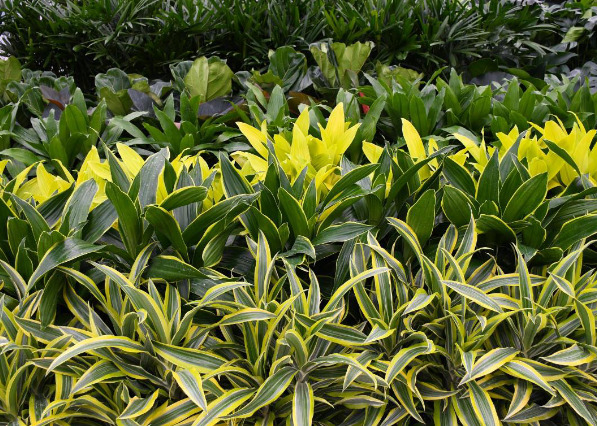
Houseplants at Gertens
Follow these 6 tips to indoor houseplant bliss:
Tip 1: Warmth
Since most houseplants are tropical, temperatures are important. Most of our homes are warm enough (although cooling it off by a few degrees at night would actually help our little green friends). Most common houseplants dislike hot and dry conditions. They prefer a cooler, more moist condition than is typical in our homes. If you adjust your thermostat to drop the temperature about 10 degrees at night, you'll find some plants will reward you for it. For example, Phalaenopsis (or Moth) Orchids tend to bloom with short days and cooler nights!
Tip 2: Light
Plants need light, but different plants have different requirements. Try to match indoor plants to the environmental condition of your home. There are 3 key aspects of light to keep in mind:
- Intensity - the strength of the light.
- Duration - the length of time the light is available. Compare an east window with a south window.
- Quality - there are many artificial light sources, but nothing beats the natural light of the sun!
Another often overlooked secret is to clean the leaves. Dirty leaves block sunlight. Wipe the leaves with a damp sponge, or if your plant is easy to move, put it in the shower for a while. Keep the temperature of the water tepid, not warm or cold. Another benefit of showering your plants is that insect populations might be reduced as they might go down the drain with the dust. If you do notice bugs left after you have given your plant a shower use Systemic Houseplant Insect Control. This will kill the bugs but leave your houseplant healthy. Wrap a plastic cover over the soil of small pots, turn the plant upside down and swish the leaves in water to clean. For those plants with fuzzy leaves, use a toothbrush to gently clean them.
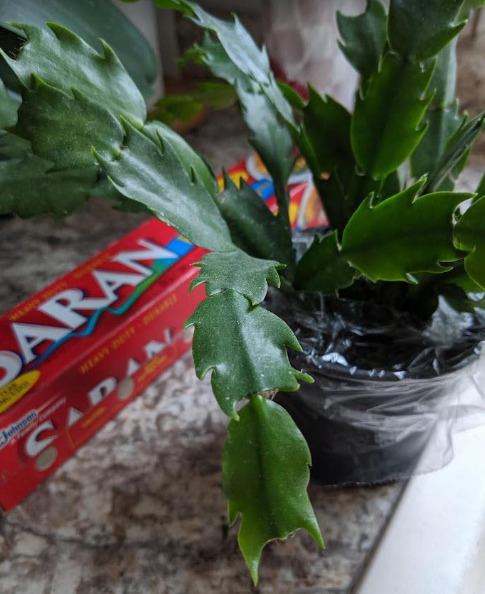
Houseplant Pot Wrapped in Plastic
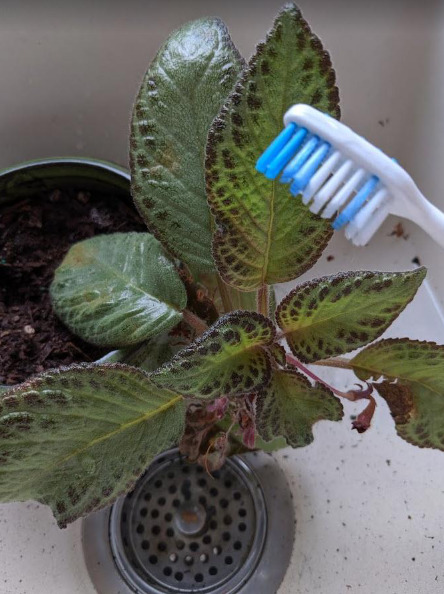
Cleaning Houseplants with a Toothbrush
Tip 3: Water
Plants tend to need less water during the winter than when they are not actively growing. However, keep in mind that different plants have different water needs. During their active growing season, most tropical plants need moist, but not soggy soil. Be sure to talk with our experts if you have questions.
Plants use different amounts of water based on what type of plant they are, how they are potted, how much sun they get, how warm they are...etc.
- Some need to dry out slightly between waterings
- Some need to stay moist at all times
- Some need to dry out completely between waterings
- GET to KNOW YOUR PLANT
- Observe how your plant reacts
- Read the label!
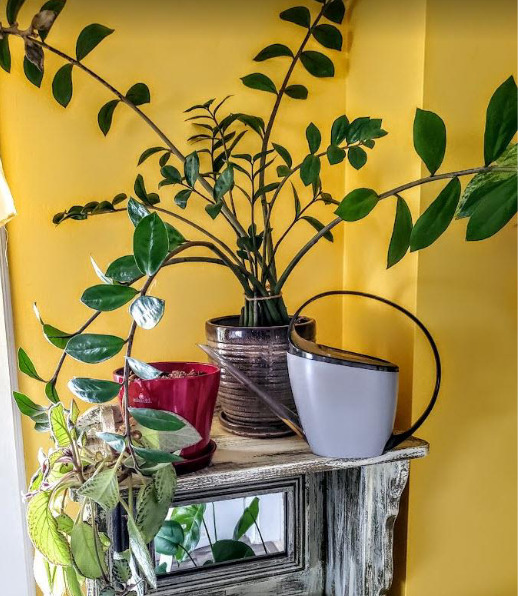
Tip 4: Humidity
Heating in our homes dries out the air to desert-like conditions.During the summer most homes (without air conditioning) have humidity levels in the 40-60% range. This is perfect for indoor plants. It is dry enough to inhibit fungus, but moist enough to keep them comfortable. During winter however, with our heaters blazing, it is common for humidity to drop below 30%. Desert air has 10-30% humidity...much too dry for all but cacti and succulents. Rooms, such as the bathroom or kitchen, which tend to have a little higher humidity, are a little more plant friendly. If you want to keep your plants in drier areas:
- Add a humidifier to the room
- Place plants on a pebble tray with water
- Group those plants together
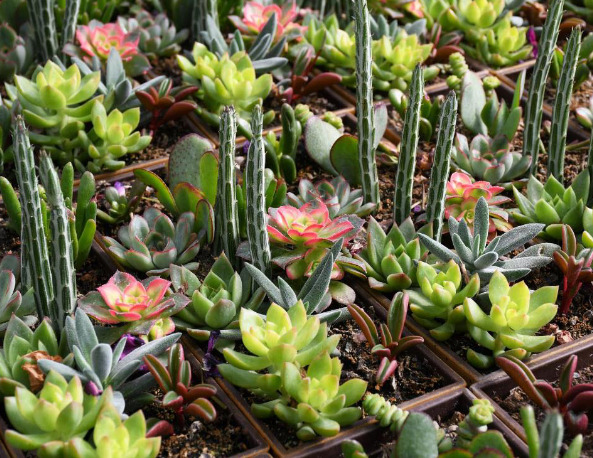
Tip 5: Resting and Feeding
Just like people, plants need rest too. After a long season of growing new leaves, branches or perhaps flowers, plants need a break during the winter. You may notice plants that had shiny new leaves all summer will suddenly start to lose a few leaves as the days get shorter. Perhaps the leaves start to turn yellow in the middle of the plant, or maybe they simply look dull and not as happy as they did in the spring and summer. That does NOT mean automatic death!
- Consider feeding them but NEVER fertilize a plant that is too dry.
- If the plant is dry, water it well and then feed it a couple of days later.
- Plants that are stressed should not be fed and if there is ever a doubt just skip the feeding.
- Plants will do much better for much longer without food than with too much food.
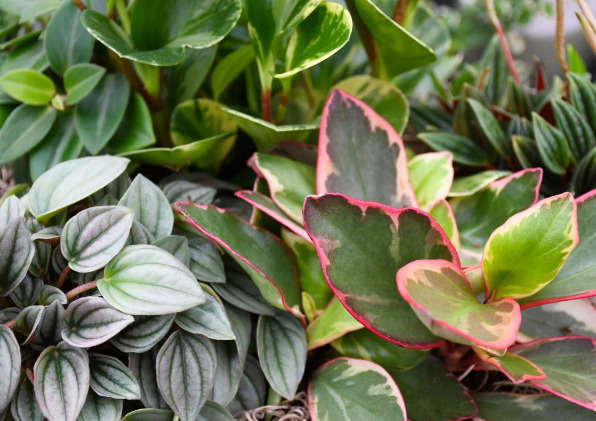
Tip 6: Re-potting
Winter is not the best time to re-pot, as the plants are resting after all that work over the summer, growing and flowering! But if you found that perfect pot, then consider these tips:
- Set the plant in the container until you can re-pot it in the spring.
- Don’t use a pot that is too large.
- When you are shopping for a new container keep the size no more than 2” or so larger than the existing pot.
- If you love to redecorate with different colored pottery, you can always pot your plant in a cheap plastic pot that you can move from container to container without disrupting the roots. You will cut down on the mess of re-potting all the time and your plant will thank you for it!
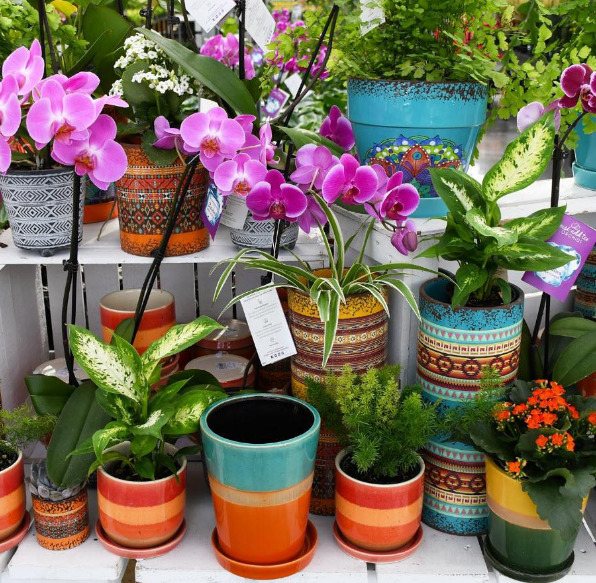
The experts at Gertens are always available to answer your questions!
